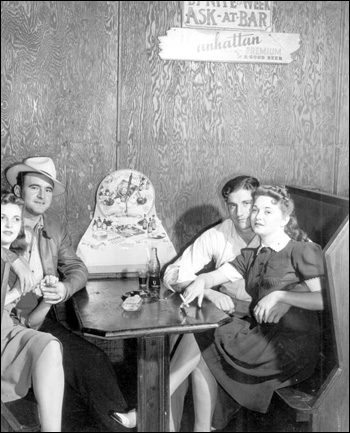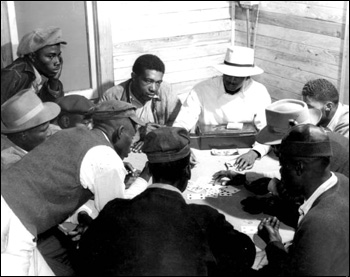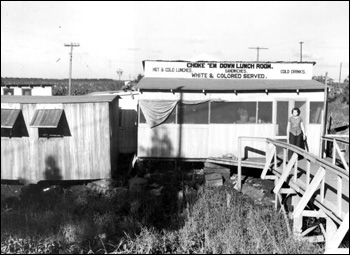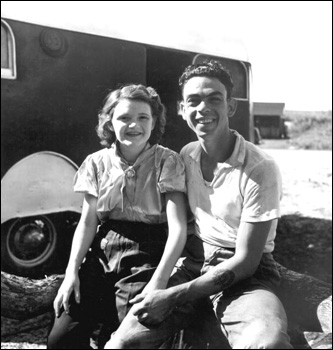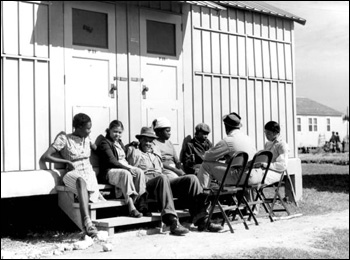Photo Exhibits
Photo exhibits spotlight various topics in Florida history, and are accompanied by brief text intended to place selected materials in historical context.
Migrant Workers During the Great Depression in Florida
Sodas & Spare Time
Shaking off the Weariness
Even amidst frustrating searches for work or after working long hours six or seven days a week, migrant workers found opportunities for relaxation, recreation, and good food when there was a little money to spend.
“Juke joints,” roughly constructed bars offering music from a jukebox, dancing, sodas and alcohol, were a central aspect of night life in worker camps, catering to single men and women anxious to shake off the weariness of the day's labor.
Although housing was usually segregated by race according the social restrictions of the era, businesses in migrant worker communities such as diners sometimes transcended the constraints of segregation in order to provide services and amenities to as many of the agricultural workers as possible.
Migrant workers at a juke joint: Belle Glade, Florida (1939)
Image Number: RC03492
Juke joint and bar in the Belle Glade area, vegetable section of south central Florida.
African American men playing cards: Moore Haven, Florida (1941)
Image Number: RC02605
Choke 'em down lunch room diner: Belle Glade, Florida (ca. 1939)
Image Number: RC04621
Migrant labor couple: Canal Point, Florida (1939)
Image Number: RC02702
Young couple, migrant laborers, who work in packinghouse at Canal Point, Florida.
Migrant workers relaxing outside labor camp shelters: Belle Glade, Florida (1941)
Image Number: RC02682
Agricultural workers in front of their metal shelters at Okeechobee migratory labor camp. Belle Glade, Florida.

 Listen: The World Program
Listen: The World Program